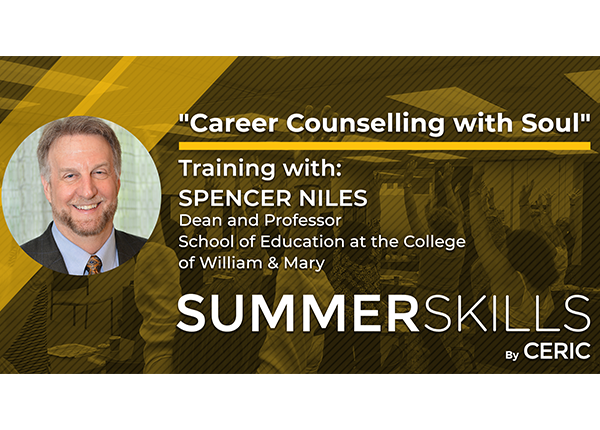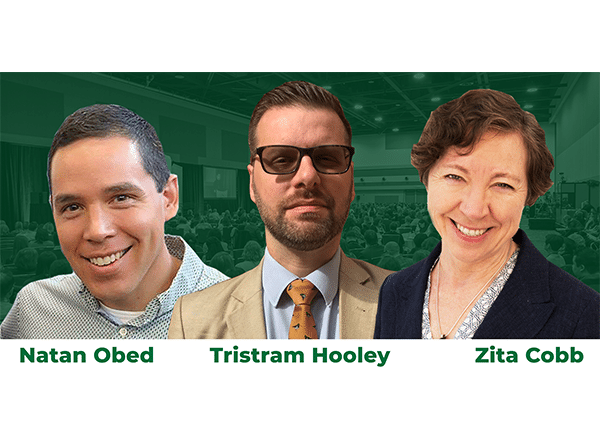Experiences of athletes competing in the 2019 Pan-American and Para Pan-American Games: How sport-life balance contributes to athletic career transition and overall sport performance
By Katrina Monton
Current literature suggests that athletic career transitions are life-changing events and are often perceived by athletes as extremely stressful (Knights, Sherry & Ruddock-Hudson, 2016). Transitioning out of elite sport forces an individual to adjust to a new way of life and can often be accompanied by negative effects and impact mental health (Knights et al., 2016; Ohashi, 2018). However, retiring from sport and pursuing other experiences is an important life event that can positively impact the individual and lead to personal growth, development and fulfillment (Ohashi, 2018). Existing literature suggests that having sport-life balance facilitates athlete well-being and improves sport performance (Friesen & Orlick, 2010; Knapp, 2012; Pink, Saunders & Stynes, 2015). Student-athletes participating at the Olympic Games are more likely than their non-student counterparts to win medals (Knapp, 2012). Athletes who have opportunities to explore their interests and identity outside of sport report more ease with athletic career transition and adapt more easily to life after sport (Gordon & Lavallee, 2012; Pink, Saunders & Stynes, 2015; Knights et al., 2016; Hansen, Perry, Rose & Montgomery, 2018). Student-athletes consider that balancing sport and academics not only benefits performance in both areas but promotes future career success as well (Aquilina, 2013). Finally, planning for life after sport and career counselling, have been shown to have a positive impact on sport performance, as well as increase life and career satisfaction, post-sport (Aquilina, 2013; Knights et al., 2016; Ohashi, 2018).
Research in this area is limited within the Canadian context. However, the 2010 Olympic Games Debrief, identified a gap in the services being offered to athletes transitioning out of sport. Following this debrief, the Canadian Olympic Committee (COC) created Game Plan, a total wellness program. Game Plan strives to support current and retired national team athletes to lead more balanced lifestyles. Game Plan works from a holistic framework promoting wellness through five pillars; health, skill development, education, network and career.
The purpose of this study is to explore athletes’ experiences planning and preparing for life after the 2019 Pan-American and Para Pan-American Games. More specifically, this study seeks to investigate the role that sport-life balance plays on post-Games career planning, as well as performance during the Games. This study will provide each athlete with the opportunity to share their experiences, whether they are retiring or continuing in their sport, in a confidential manner. This research project is set to begin in Spring 2019 and involves a collaboration between the COC and McGill University. It is the first of a series for the Pan-American Games, and will function in the same manner as the post-Olympic and Paralympic Debrief research projects. The research method will be a mixed method, including a survey data and qualitative one-on-one interviews with athletes. This project is important for high-level Canadian athletes, as it will help inform Game Plan on how they may better meet the needs of transitioning athletes and overall athlete well-being.
The Project will be conducted under the supervision of Dr Patricia Hewlin, McGill University and in collaboration with Sophie Brassard, Université de Sherbrooke (Game Plan Liaison).
Author Bio
Katrina Monton is completing her second year in the MA Counselling Psychology at McGill University. Her research interests are in organizational psychology, specifically promoting inclusion, diversity and safety within educational, sport and workplace settings. Prior to Katrina’s graduate studies she was a national team athlete for over a decade. She is passionate about helping athletes’ transition from highlevel sports.
References:
Aquilina, D. (2013): A Study of the Relationship Between Elite Athletes’ Educational Development and Sporting Performance, The International Journal of the History of Sport, 30:4, 374-392
Friesen, A., & Orlick, T. (2010). A qualitative analysis of holistic sport psychology
consultants’ professional philosophies. Sport Psychologist, 24(2), 227-244. Retrieved from http://joumals.humankinetics.com/tsp.
Game Plan. (2018). Retrieved March 22, 2019, from https://www.mygameplan.ca/
Gordon, S., & Lavallee, D. (2012). Career transitions. In T. Morris & P. Terry (Eds.), The new sport and exercise psychology companion (pp. 567-582). Morgantown, WV: Fitness Information Technology.
Hansen, A., Perry, J., Ross, M., & Montgomery, T. (2018). Facilitating a successful transition out of sport: Introduction of a collegiate student-athlete workshop. Journal of Sport Psychology in Action, 1-9.
Knapp, D. (2012). Performance of student-athletes at Olympic Games: The performance impact of university student-athletes at the 2004, 2008, and 2012 Olympic Games. Adee// Group, 1-36. Retrieved from http://adcellgroup.com.au/development/uniroos/images/Performance _of_ student-athletes _ at_ Olympic_ Games. pdf
Knights, S., Sherry, E., & Ruddock-Hudson, M. (2016). Investigating elite end-of-athletic-career transiti on: A systematic review. Journal of Applied Sport Psychology, 28(3), 291-308. doi:10.1080/10413200.2 015.1128992
Ohashi, Alison, “Transitioning Out of Sport: Perspectives of Student-Athlete Support or Development Services” (2018). Boise State University Theses and Dissertations. 1406. 10.18122/td/1406/boisestate
Pink, M., Saunders, J., & Stynes, J. (2015). Reconciling the maintenance of on-field success with offfield player development: A case study of club culture within the Australian Football League. Psychology of Sport and Exercise, 21(1), 98-108. doi: 10.1016/j.psychsport.2014.11.009
Wylleman, P., & Lavallee, D. (2004). A developmental perspective on transitions faced by athletes. In M.Weiss (Ed.), Developmental sport and exercise psychology: A lifespan perspective (pp. 507-527). Morgantown, WV: Fitness Information Technology.



 A variety of formal (eg, psychometric “tests”) and informal tools (eg, checklists, cards) along with custom/in-house procedures (eg, intake forms, structured interview questionnaires) are used to support assessment processes. Some CDPs make very strategic, well-informed decisions about what tools to use, at what point in their work with clients. Others are limited by whatever their agency uses, what the funder will pay for, what they were taught or they rely on their “favourites” (Life Strategies, 2009).
A variety of formal (eg, psychometric “tests”) and informal tools (eg, checklists, cards) along with custom/in-house procedures (eg, intake forms, structured interview questionnaires) are used to support assessment processes. Some CDPs make very strategic, well-informed decisions about what tools to use, at what point in their work with clients. Others are limited by whatever their agency uses, what the funder will pay for, what they were taught or they rely on their “favourites” (Life Strategies, 2009).
